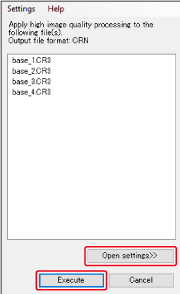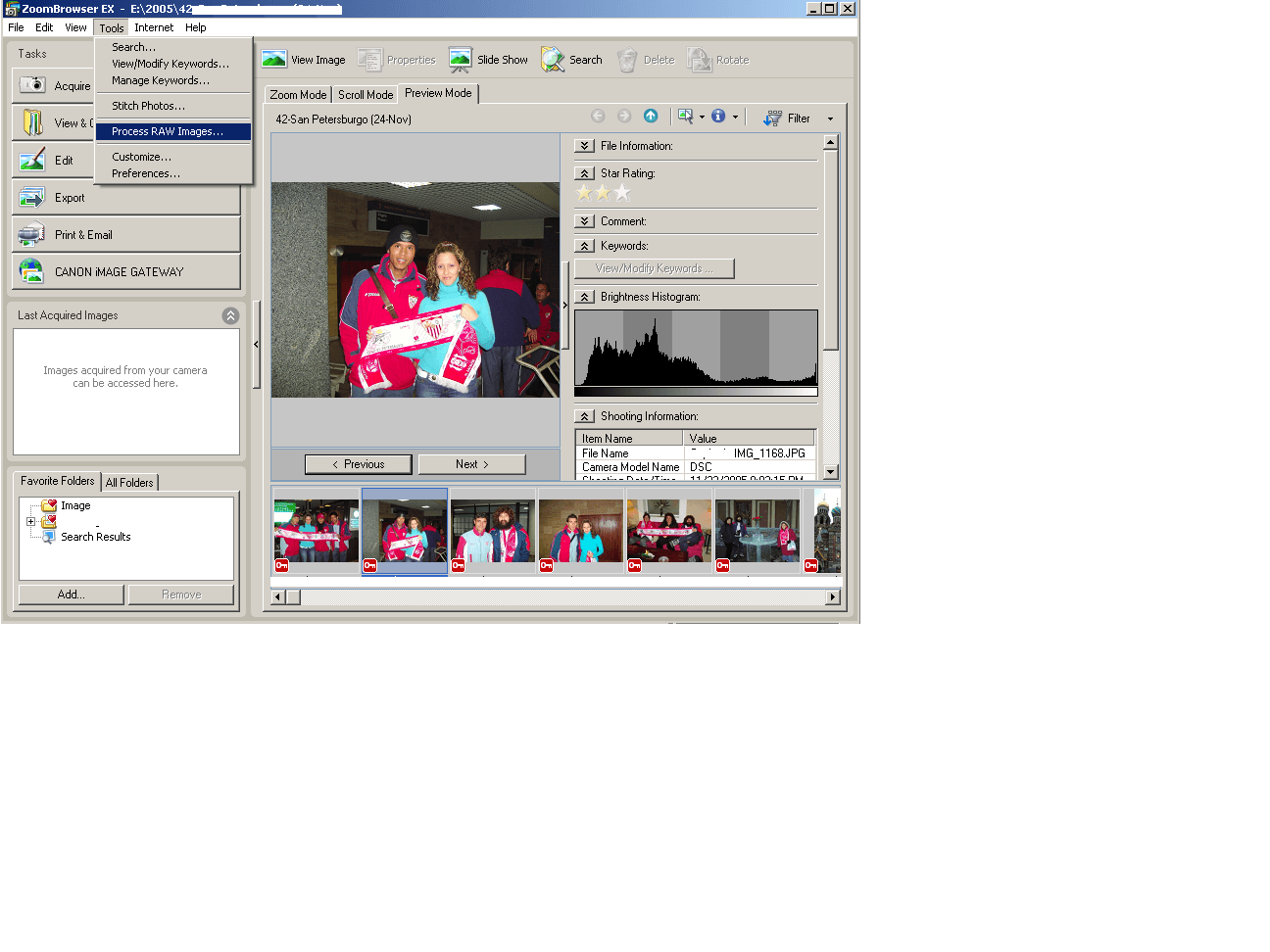
I also look at the histogram to check for exposure.Įdit: I don't have the FastPicture Viewer codec, so I can't see what that is making. When shooting in environments like this, I try to adjust the white balance on the camera so the preview image in the LCD is just like I want. Doing all the extra stuff is just to adjust the photo to look more pleasing (to me in this instance ). Rough edit that I ended with: IMG_4305 Editĭid you really need to do all that? If you were seeing what was in that embedded preview, then just upping the exposure would put you right in the area you want to be. The picture really doesn't need the contrast or saturation adjusted all the much, once the white balance is dialed in to a pleasing value. The "As Shot" white balance really is not all that bad, once combined with the other adjustments. The whole idea of RAW is the fact it captures exactly what the camera sees. There is also the quandary of do you make the mozzarella cheese white, I chose to have it be a light yellowish color because it looked stale when it was white(can be changed with the white balance). The aluminum provides a challenge because it can quickly turn purplish/pinkish instead of grey. I lowered the tint a bit so I could up the saturation. With that white balance, I'd then combine it with the Blacks at 10, Contrast at +30 (default is +25), and the Saturation at +5 (default 0).
#Canon default raw photo processor program professional
I much prefer a temperature setting of 4250 and a tint of +60 - rough values. Canon Digital Photo Professional is a raw processing tool tuned perfectly for your Canon camera, and it's free If you shoot raw files with your Canon EOS or PowerShot camera, you're probably using Adobe Photoshop or Lightroom to open and process your raw files, or perhaps some other program like Capture One or DxO PhotoLab. Setting the white balance to "As Shot" we can see what the camera chose (4250,42).

Then I'm not a fan of the resultant white balance once the exposure is upped. I feel it is underexpose, and the exposure should be upped to +1.00. While that is good, we now should consider if it was exposed correctly. Somewhere around +0.5 appears to bring the file inline with the preview image. Now hold the Alt key and drag the Masking slider until only the parts that you want to be sharpened are shown in white (a value of 80 or 90 on our shot) and add Noise Reduction as needed, then hit Open Image.


It looks like Adobe Camera Raw is setting the exposure too low right away. (Image credit: Future) Go to the Detail panel and set the Sharpening Amount to 50. Taking a quick look at the 4305 CR2 raw file.


 0 kommentar(er)
0 kommentar(er)
